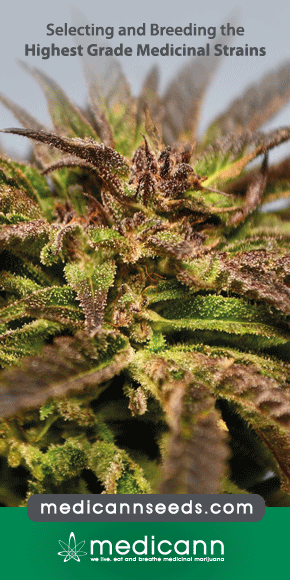Pharmacology of cannabinoids in the treatment of epilepsy
Abstract
The use of cannabis products in the treatment of epilepsy has long been of interest to researchers and clinicians alike; however, until recently very little published data were available to support its use. This article summarizes the available scientific data of pharmacology from human and animal studies on the major cannabinoids which have been of interest in the treatment of epilepsy, including ∆9-tetrahydrocannabinol (∆9-THC), cannabidiol (CBD), ∆9-tetrahydrocannabivarin (∆9-THCV), cannabidivarin (CBDV), and ∆9-tetrahydrocannabinolic acid (Δ9-THCA). It has long been known that ∆9-THC has partial agonist activity at the endocannabinoid receptors CB1 and CB2, though it also binds to other targets which may modulate neuronal excitability and neuroinflammation. The actions of Δ9-THCV and Δ9-THCA are less well understood. In contrast to ∆9-THC, CBD has low affinity for CB1 and CB2 receptors and other targets have been investigated to explain its anticonvulsant properties including TRPV1, voltage gated potassium and sodium channels, and GPR55, among others. We describe the absorption, distribution, metabolism, and excretion of each of the above mentioned compounds. Cannabinoids as a whole are very lipophilic, resulting in decreased bioavailability, which presents challenges in optimal drug delivery. Finally, we discuss the limited drug-drug interaction data available on THC and CBD. As cannabinoids and cannabis-based products are studied for efficacy as anticonvulsants, more investigation is needed regarding the specific targets of action, optimal drug delivery, and potential drug-drug interactions. This article is part of a Special Issue titled Cannabinoids and Epilepsy.
- PMID:28087250 DOI:10.1016/j.yebeh.2016.11.016
Gaston TE1, Friedman D2.



